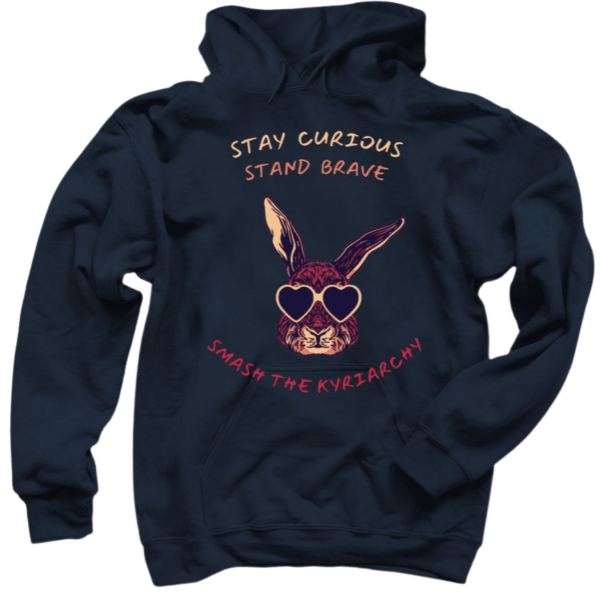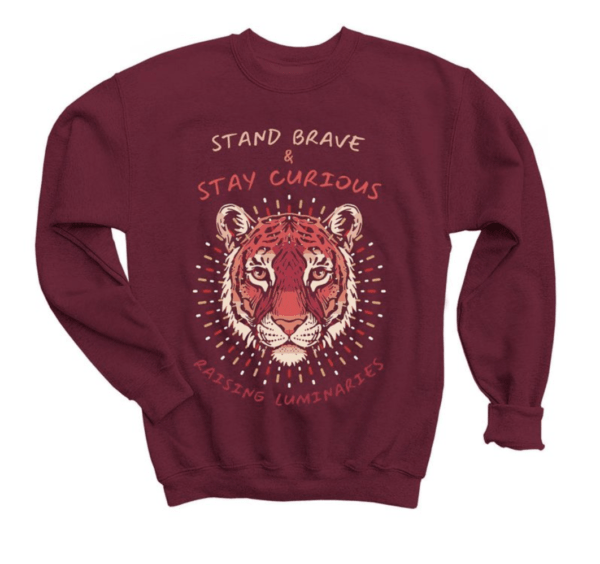Posts may contain affiliate links, which allow me to earn a commission at no extra cost to you. If you’re into supporting libraries (please do!) more than consumerism, you can also support this work with a direct contribution. Check out the full affiliate disclosure along with my statement of accountability on how I try to support my family without exploiting our community.
The new year as we celebrate it in our American-Born-Chinese family actually lasts about two weeks – there are themes of loss and letting go, and stuff about of longevity, luck, and raising a ruckus.
When is the Lunar New Year?
- The Lunar New Year comes with the first new moon of the lunisolar (moon-based) calendar. There are 12-13 moons in the lunar calendar depending on the year, but the Lunar New Year always falls between January 21 and February 21st on the Gregorian solar (sun-based) calendar.
- As a Chinese American, I’m most familiar with the Chinese New Year, or Spring Festival. This is our biggest holiday of the year, and it starts with the new moon and lasts 15 days ending on the full moon.
Read:
- The Nian Monster (ages 3+)
- New Clothes For New Year’s Day (ages 1+)
- A New Year’s Reunion (ages 3+)
Watch
- A Sweet twist on the story of Nian (11:57)
- Seollal Celebrating Kids (3:36)
- Making a Lion Head Tutorial (6:48), and then, Learning How To Lion Dance (9:52)
- Lunar New Year Celebrations: Korean vs. China vs. Vietnam (5:36)
- 8 Lucky Foods for our Lunar New Year (3:36)
Discuss the connection and similarities between the Nian monster in traditional stories around the world.
- Why did people start telling these stories?
- Why did they endure through the generations?
- Why are these stories rooted in eras and cultures with high child mortality rates, extreme climates, and lower access to healthcare and safety resources?
- What traditional stories around the world have similar Nian / Boogeyman archetypes?
- What do we notice about the tendency for narrow escape in Americanized versions of these traditional monster stories?
- How does changing the original stories to have ‘happy endings’ reflect and uphold supremacy culture, colonization, and the kyriarchy?
Activity: Create a tray of togetherness
Discuss which foods represent your family values. Last year our family chose symbollic foods:
- Prosperity: having enough to care for & share with others (honey roasted peanuts or pistachios)
- Fortune: Acknowledging our privileges and using them to work for equity / opportunities to help each other (chocolate fu coins)
- Longevity: Health & long-lasting relationships that grow and change (twizzlers)
- Togetherness: working & playing together (haw flakes)
- Fertility: good stewardship for the next generation, regenerative care for the earth (clementines)
- Collaborating (edamame in pods, or peanut butter pretzels when we’re too tired to cook)
- Courage (red apples)
- Kindness (apricots)
We avoid white foods (saving the white rabbits for off-the-tray) and create groups of 3, 6, or 8 items, but never 4. Both white and the number 4 are better kept for funerals.
Creating our tray, we discuss:
- Which values are new to our generation? How have our values changed?
- Do we think all people, and all generations interpret these values the same way?
- How has our interpretation of traditional values changed over generations?
- How can these values be interpreted in a way we disagree with? (ex: prosperity for hoarding, rather than sharing)
- What similarities does the tray of togetherness have with the Medicine Wheel? (Since we discuss this during Indigenous heritage month, the Earthquakes were curious.)
More Resources:
- Stereotype-Free Kids Stories Celebrating the Lunar New Year
- New Lunar New Year Kids Books (this is where I add new LNY good finds)
- For more stories that preserve the ‘boogeyman’ archetype in original stories (without Disney-washing it with a happy ending) read: A Promise is a Promise, The Shadows That Rush Past, Baba Yaga and the Wise Doll








